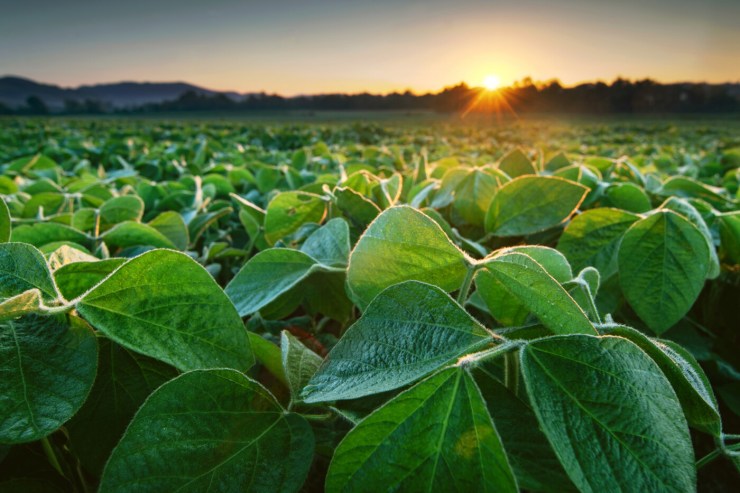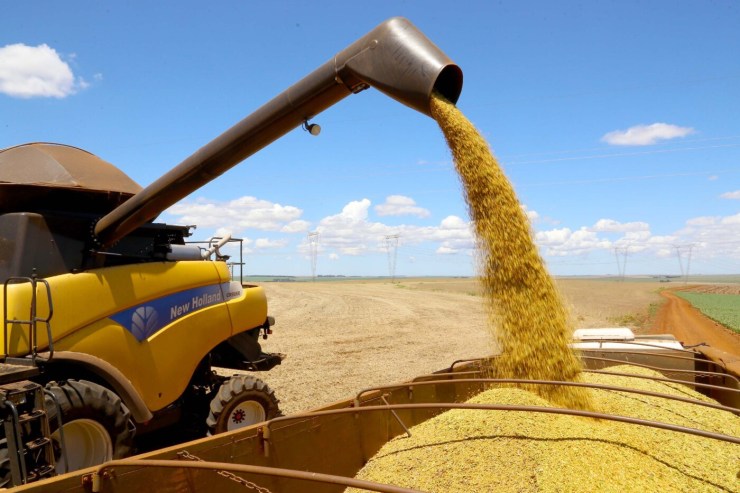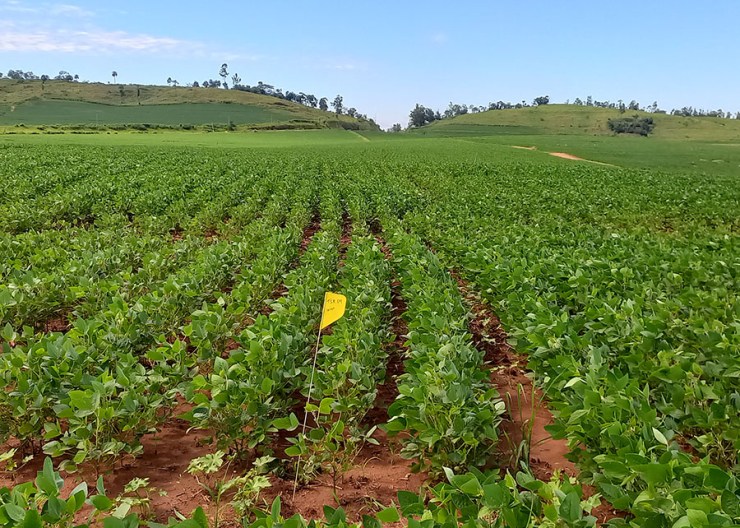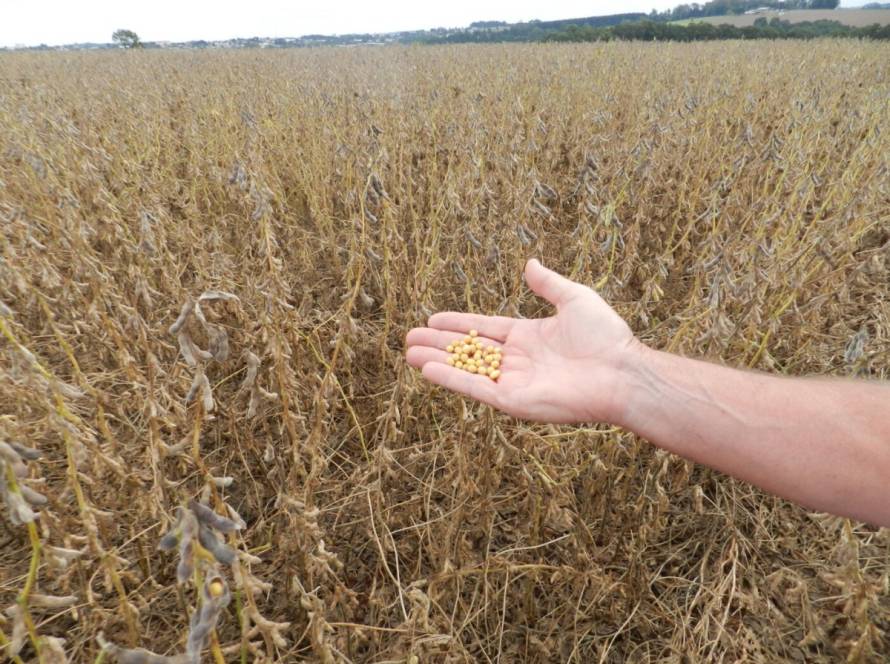Despite rainfall recorded over the past ten days in parts of the South, Southeast, and Central-West regions, soil moisture levels remain below average in key producing regions. "This deficit has kept sowing at a slow pace, especially in the Central-West and Matopiba regions, where many producers are awaiting more favorable conditions to ensure crop establishment," assesses EarthDaily crop analyst Felippe Reis.
In Mato Grosso, rains returned in the early second half of September. However, forecast volumes for the coming days are likely to be lower, which could restrict water recovery in the short term. In Goiás, after last week's rains, the forecast points to a return to drought in the next 14 days, a scenario that could slow planting in early October.

Photo: Disclosure/Embrapa Soja
In Mato Grosso do Sul, from the center to the north of the state, recent rainfall was recorded, but the amounts were considered very low for the season. According to the European model (ECMWF), the drought is expected to persist in these areas.
In Paraná, in turn, the heavy rain recorded on September 22 caused momentary concern, but the forecast indicates milder rainfall in the coming days, a favorable condition to avoid waterlogging of wheat crops and ensure uniform germination of summer crops.
Reis explains that in areas of the Southeast and Central-West, rainfall has ranged from 30 mm to over 100 mm over the past ten days. However, in the South, rainfall exceeded the historical average by 200%, increasing soil moisture and favoring the planting of summer soybeans and corn.
Impacts on other cultures
The rains also affected the sugarcane harvest. In the Ribeirão Preto macro-region, for example, the accumulated rainfall of nearly 12 mm was enough to temporarily halt field operations. The forecast, however, indicates a return to dry weather, which should favor the resumption of agricultural activities.
In the short term, both the European ECMWF and the American GFS models predict below-average rainfall across most of the country, with the exception of areas in the Northeast. Regarding temperatures, there is divergence between the models: while the ECMWF indicates records close to average, the GFS predicts above-normal heat in the Central-West, North, and part of the Northeast. This condition could intensify evapotranspiration and exacerbate soil moisture loss in regions already affected by drought.





